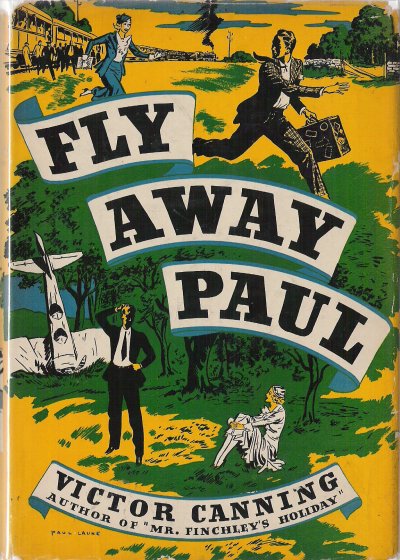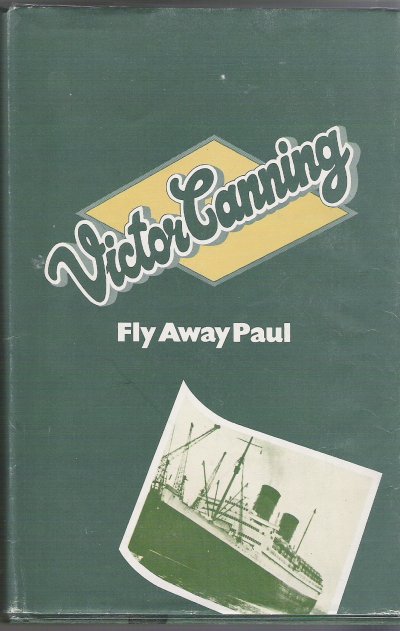|
The book
Paul Morison, an American engineer with an English mother and a hankering to see her birthplace, Wisbech,
decides to stow away for a prank on an ocean liner bound for Southampton. He is discovered but, before being
turned over to the police, is befriended by Peter Angel, a famous crooner, whom he turns out to resemble closely.
The singer wants Paul to take his place for one week of celebrity appearances in the care of his secretary Mr.
Simpkins, ostensibly so that Angel can take a private holiday. (This is before the era of television, of course.)
After a few days Paul goes out on his own and runs into Margaret Sinclair who is Peter Angel's
fiancée. Rather implausibly she does not see through the impersonation.
Now the newspapers publish revelations about Peter Angel being a swindler. Paul wants to get away and resume
his normal identity. He leaves a note for Simpkins, and catches a bus to Leicester. Margaret intercepts the
note and follows him by car. On the bus Paul meets an eccentric millionaire called Richard Partingale. The bus
passengers have seen the morning paper and suspect Paul of being the absconding crooner. He threatens the
driver by pretending to have a revolver, and when this doesn't work runs away. He is picked up by Margaret
in her car, but gives her the slip. In Leicester he meets a man called Edward Wimpole who recognises him and
pursues him for the reward money. Paul goes to the theatre and escapes from the police by stealing an oriental
costume from one of the performers. He takes Margaret's car, but runs out of petrol. He flags down a passing
motor-cyclist, Bert Clements, who goes swimming with him and saves him from the pursuing
Mr. Wimpole, though not from the embarrassment of being caught by Margaret with no clothes on.
There are several more plot twists before the book reaches a rather unlikely climax on an island in the
Solway Firth.
(There are no islands in the Solway Firth.)
|
Publishing history
This was Victor Canning's third book for Hodder and Stoughton, published in 1936 at 7/6 with a print run of
7750 copies. It was reprinted in 1938 in a cheap edition at 3/6 with a print run of 5000 copies. It was
included in the Heinemann Uniform Edition in 1974, but is now hard to find in hardback.
The excellent new edition from Farrago differs
from Canning's original in changing the name of the singer from Peter Gabriel to Peter Angel. It would have
been hard for Victor Canning to foresee in 1935 that another Peter Gabriel would be born fourteen years later
who would become a famous pop singer, but the publishers thought the coincidence of names would be a
distraction for the modern reader.
The dedication is "To my wife". (Canning and Phyllis McEwen were married in 1935. They separated in 1968 and
were divorced in 1973.)
The review in The Times of 16 May 1936 said "Mr. Canning’s light novels are in a manner
quite his own, a crowded panoramic manner with a host of odd characters distributed over the English countryside,
which is the author’s real love." Similarly the Daily Mail of 7 May 1936 said: " ...
but it is for its joyous evocation of the English countryside that this novel deserves to be read."
|









